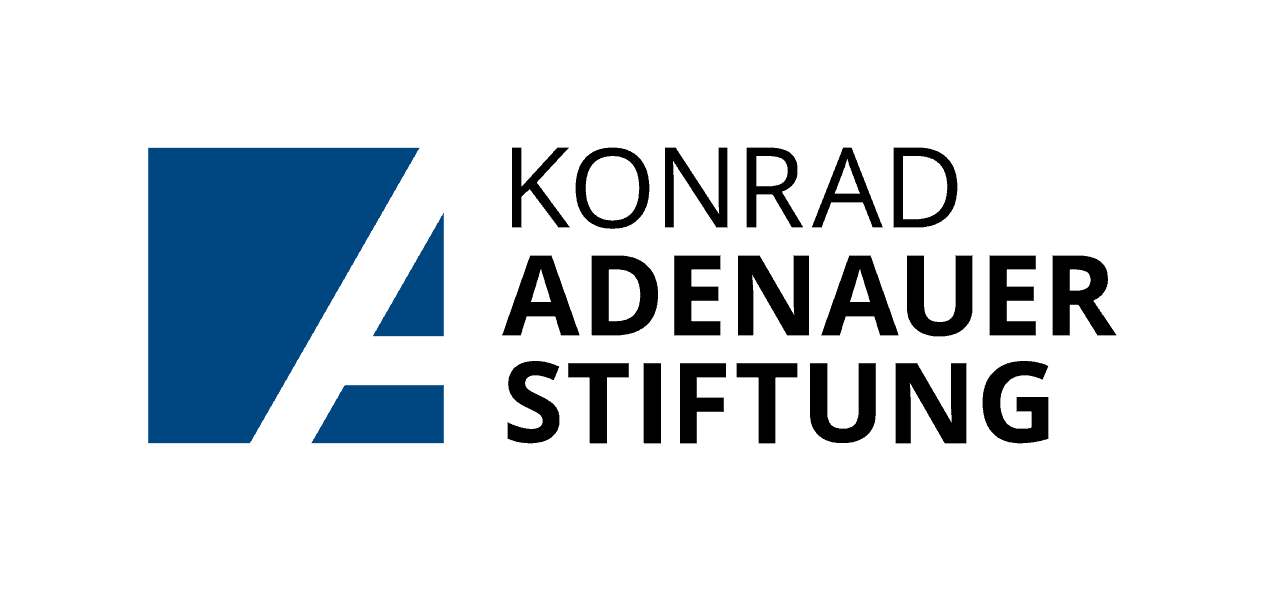Stories tend to follow three basic structures:
- 1. Chronological – in which the story unfolds through time; going through sequence of events and actions form the bulk of the story
- 2. Narratives – this charts a situation over a period of time, following the actual investigation as it unfolds, or
- 3. Processes – in which the story revolves around issues and arguments
You begin the writing process by sorting material into sections: The issue, who are affected, the conflicts and discoveries you make. On a relatively straightforward investigative story — usually one that can be resolved in several weeks, as opposed to months or years — these sections with an introduction and conclusion may make a perfectly satisfactory plan for the final story.
In investigative writing, literary flair takes second place. Facts should be the focal point. In any case, a good investigative story tends to write itself — you do not need to embellish or dramatise.
An investigative story tends to be longer and more complex than a typical hard news story. Giving it shape and structure gives your readers a pathway to navigate complex information. The three most common investigative story structures are:
(A) The ‘Wall Street Journal’ formula which involves:
- 1. Starting with a person or situation to set the scene between the case and the issues (often called an anecdotal lead),
- 2. Broadening out from that individual case to deal with the bigger issues, through a ‘nut graph’ that explains the link between the individual and the larger issue
- 3. Returning to your case study for a human, striking conclusion.
(B) ‘High Fives’ developed by US writing coach Carol Rich who suggested the following five sections:
- 1. News (What has happened or is happening?)
- 2. Context (What is the background?)
- 3. Scope (Is this an incident, a local trend, a national issue?)
- 4. Edge (Where is it leading?)
- 5. Impact (Why should your readers care?)
This structure requires the ability to write good transitions so that the five elements fit together. Otherwise, it can feel like five shorter stories that appear one after another. But it can make an excellent structure for a long story on the web where you need to break an extended narrative into manageable sections.
(C) The Pyramid
Whereas the traditional approach to a hard-news story was the ‘inverted pyramid’ (main points first; less important supporting material added later), investigative reporting turns the pyramid structure right-side up. You have the entire story to build up to the punch, leading the readers through the discoveries you have made:
- 1. Start with a summary of the story’s theme
- 2. Foreshadow some of what you will discover
- 3. Walk step by step through your investigation, keeping the suspense alive and building the story towards the most shocking or dramatic discovery, just as if you were writing the story of a scientific breakthrough or a mystery novel
- 4. Save the most important, dramatic information for last.
Each of these recipes borrows a little from the toolkit of the fiction writer. You are not creating fiction, but you are employing techniques from literature. And this makes sense because every journalist is a storyteller. This is the basis of the modern approach to news-writing we call narrative journalism.
One word of caution, though. American investigative journalist Danny Schechter, in his film about U.S. coverage of the Iraq War, Weapons of Mass Deception, noted a key problem with the storytelling approach: By focusing on individual’s tales, the narrative approach made it possible for some U.S. news media to ignore highly contentious bigger issues and arguments. This does not devalue the narrative approach. It merely serves as a reminder that like any other writing technique, storytelling needs to be used consciously and skilfully within the appropriate context.
Some of the tools narrative journalism includes:
Portrait and scene-setting: If you choose the Wall Street Journal approach, you will need to have a keen eye for detail throughout the investigative process. You must describe your key source or scene in a way that feels real and convincing for readers. This does not mean documenting everything in painful detail (you do not have space), but rather, choosing a few authentic, telling details to enrich your story.
Hints and clues: While writing an investigative story, it is also important to provide your audience with hints or clues at the beginning about where the story will lead. You will particularly use these if you adopt the pyramid structure. You give just enough detail to keep readers interested, until you unveil the story’s final findings.
Pace, structure and words: It is also important to remember that pace matters in writing. Every narrative move, the structure and words you choose will determine how fast or slowly your story proceeds. Short sentences and words speed things up. Longer sentences slow them down. Giving a large amount of technical information in one solid paragraph will force readers to go more slowly, even if the sentences are short. Unnecessary, overloaded background and context will bring the story to a dead halt, long before you have finished telling the story. Always ask yourself: Does this add value or merely extra words? Cut language that the story does not need.
If you read your story out loud you will feel the pace and flow of the narrative. But you will also be able to feel where the story becomes not merely slow, but daunting, or worse, boring. Your ear is your best editor and will tell you when you have lost your natural human voice as a writer, or where your language is long-winded. Write the story conversationally, as you would tell it in person, so readers can identify with your voice. Correct grammar and punctuation add the tone, emphasis and nuance to writing: They do the job on paper that hands, eyes and face muscles do when spoken.

